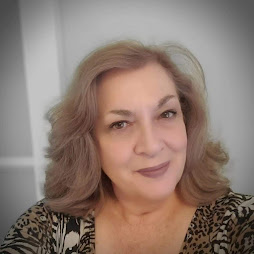20th Century
Josephine Pollari Terranova
Josephine Pollari Terranova (April 21 1889 - July 16, 1981)was born in San Stefano, Sicily but immigrated to New York City with her widowed mother. After years of sexual abuse at the hands of her aunt and uncle, she stabbed them to death and was brought to trial on double murder chargesl.
But the trial itself took an absurd turn when she was put through a battery of tests to see if she was sane enough to stand trial for murder. The experts shot electricity through her body, jabbed needles into her cheeks, hit her ankles with steel and dropped rocks on her toes. She pleaded with them to let her return to the Tombs. She was steadfast in declaring she was neither crazy nor afraid. Many New Yorkers were horrified at what the young teenage girl was made to endure.
The jury acquitted her in what was widely regarded as an act of jury nullification. She later moved west and finally settled in the San Francisco Bay Area, allegedly with the financial assistance of William Randolph Hearst.
The case was a major and sensational news story at the time, leading to a widespread public debate on the proper role of psychiatric expertise in judicial proceedings. It was largely forgotten until the appearance of a 2004 article in the Western New England Law Review by Brown University Professor Jacob M. Appel.
Here is what the original article in The New York Times on February 24th, 1096 reported right after the crime took place:

But the trial itself took an absurd turn when she was put through a battery of tests to see if she was sane enough to stand trial for murder. The experts shot electricity through her body, jabbed needles into her cheeks, hit her ankles with steel and dropped rocks on her toes. She pleaded with them to let her return to the Tombs. She was steadfast in declaring she was neither crazy nor afraid. Many New Yorkers were horrified at what the young teenage girl was made to endure.
The jury acquitted her in what was widely regarded as an act of jury nullification. She later moved west and finally settled in the San Francisco Bay Area, allegedly with the financial assistance of William Randolph Hearst.
The case was a major and sensational news story at the time, leading to a widespread public debate on the proper role of psychiatric expertise in judicial proceedings. It was largely forgotten until the appearance of a 2004 article in the Western New England Law Review by Brown University Professor Jacob M. Appel.
Here is what the original article in The New York Times on February 24th, 1096 reported right after the crime took place:

























Post a Comment
6 Comments